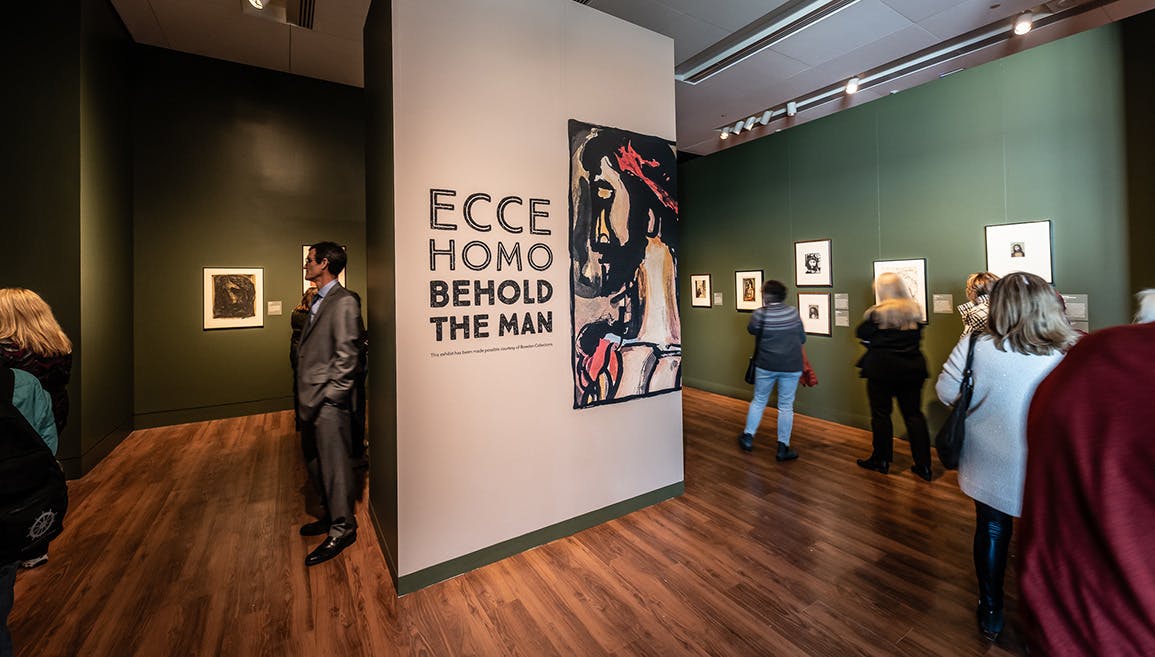Through Gates of Splendor: The Elisabeth Elliot Story

In 1958, Christian missionary Elisabeth Elliot returned to the Ecuadorian rainforest to live with the Waodäni, the tribe who had killed her husband only two years earlier. Her choice to forgive, rather than retaliate, sparked a change in the Waodäni, who left behind a cycle of violence to embrace a life of love. This remarkable story rippled across the globe, inspiring millions to serve God through missions.

Figure 1: Elisabeth Elliot teaching in Ecuador with Valerie hugging her legs, ca. 1959. Photo Credit: Cornell Capa.
In the years that followed, Elliot created a writing system for the Waodäni language, advocated for their education, and paved the way for a New Testament translation finished in 1992. She eventually returned to the United States, becoming an active and vocal advocate for the gospel, for missions, for families, and for women. Her best-selling book, Through Gates of Splendor, began a writing and speaking career that lasted four decades.
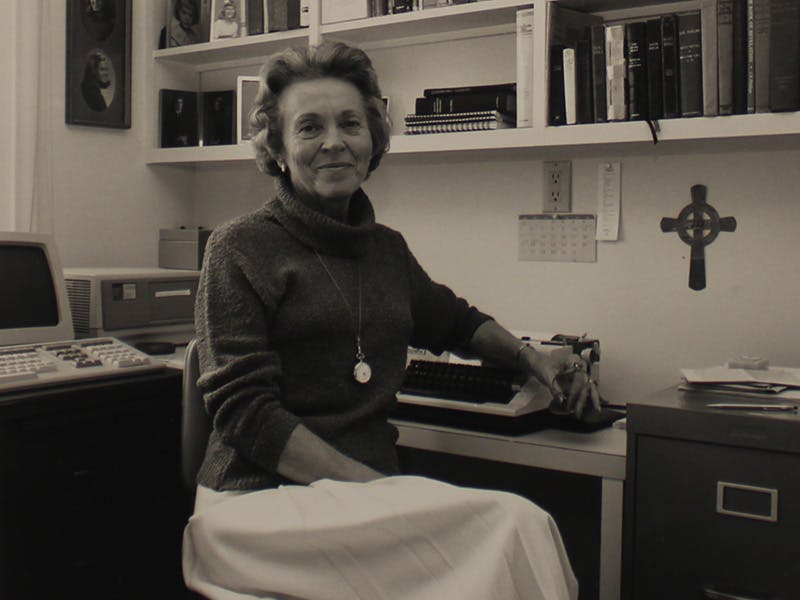
Figure 2: Elisabeth Elliot in her home office in Magnolia, Massachusetts, ca. 1980s. Photo Credit: unknown.
When Elisabeth Elliot died in 2015, her family and widowed husband mourned. It was not only a personal loss, but one that affected many who had benefitted from years of engagement through her books, lectures, and radio program. The family wished for her legacy to live on.
So in 2019, representatives for Elliot’s family reached out to Wheaton College, her alma mater, and Museum of the Bible with an offer to donate many of her personal effects and collections of objects. Over the next few years, Museum of the Bible’s team of curators and registrars researched and documented the collection. Though many of these items can be viewed now on our Collections page, at the end of March, a themed collection page will launch for the Elisabeth Elliot Collection at Museum of the Bible. Eventually, more than 900 items will be cataloged and documented on this site.
The museum’s research also led to the development of an exhibition focused on Elisabeth’s life and her motivations for leaving the United States in pursuit of Christian missions in the Amazonian jungles of Ecuador. It chronicles her marriage to Jim Elliot and the attempts they and their fellow missionaries made to befriend the isolated Waodäni tribe. It explores her thoughts and reactions to the tragic loss of her husband Jim and four other men at the hands of the Waodäni, and her decision to remain in Ecuador and live with the tribe. The exhibition features photographs taken by Elisabeth Elliot, Nate Saint, and Cornell Capa of LIFE magazine, artifacts from her time spent living with the Waodäni, and a portion of the books and letters she composed over the course of her life.
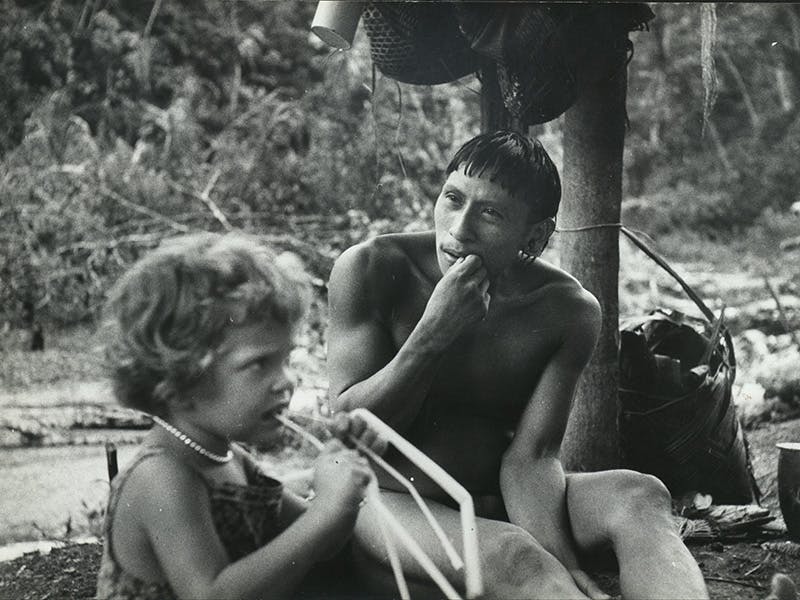
Figure 3: Valerie Elliot with Dabu, one of the men who opposed the murder of the five missionaries, ca. 1959. Photo Credit: Elisabeth Elliot.
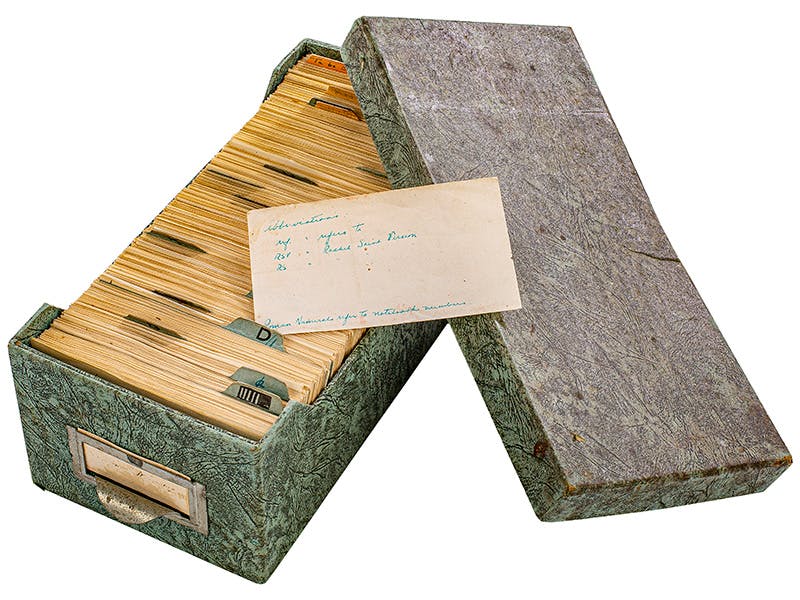
Figure 4: Notecards written by Elisabeth Elliot containing vocabulary from the Waodäni language, ca. 1958. Photo Credit: Museum of the Bible.
The exhibition also features some of the linguistic notes and texts in translation made by Elliot, who was one of the first to attempt the creation of a writing system for the Waodäni language, which was entirely oral at that time. She worked alongside Rachel Saint, Nate Saint’s sister, and Dayumæ, a Waodäni woman who had run away and lived with the Quichua as a young girl. Together, they recorded members of the tribe speaking and wrote down their stories, adjusting the writing system as they went.
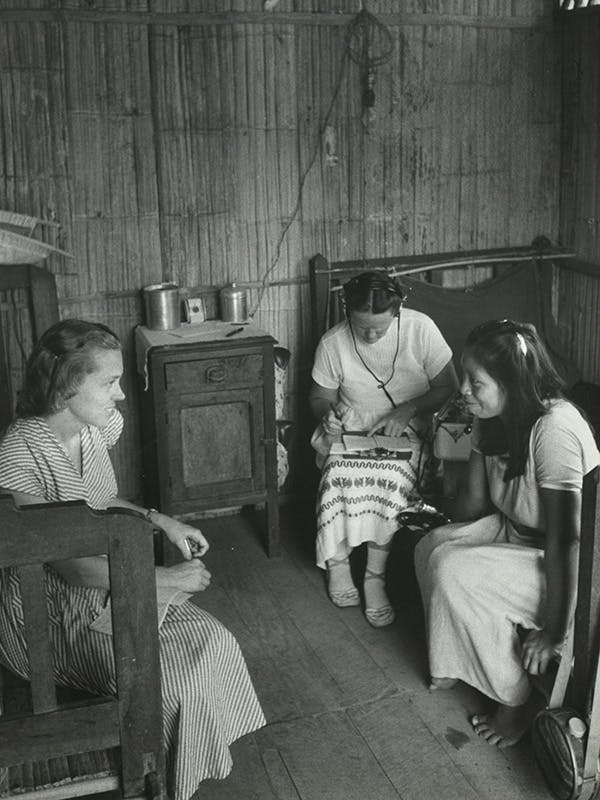
Figure 5: Elisabeth Elliot, Rachel Saint, and Dayumæ working on the written Waodäni language, ca. 1959. Photo Credit: Cornell Capa.
This work laid the foundation for others, such as Rosi Jung and Catherine Peeke, who joined Rachel and Dayumæ in their efforts to translate the Bible into the Waodäni language. After many years, this work came to fruition in a New Testament dedicated in 1992, continuing the legacy of Elisabeth Elliot.
We invite you to explore more about Elisabeth Elliot and her story through the items being preserved in the museum’s collection bearing her name and our new exhibit opening March 30, 2023, and running through January 28, 2024. Through Gates of Splendor: The Elisabeth Elliot Story can be found in the “Personal Stories” area of the Bible in the World exhibit.
By Amy Van Dyke, Lead Curator of Art and Exhibitions
